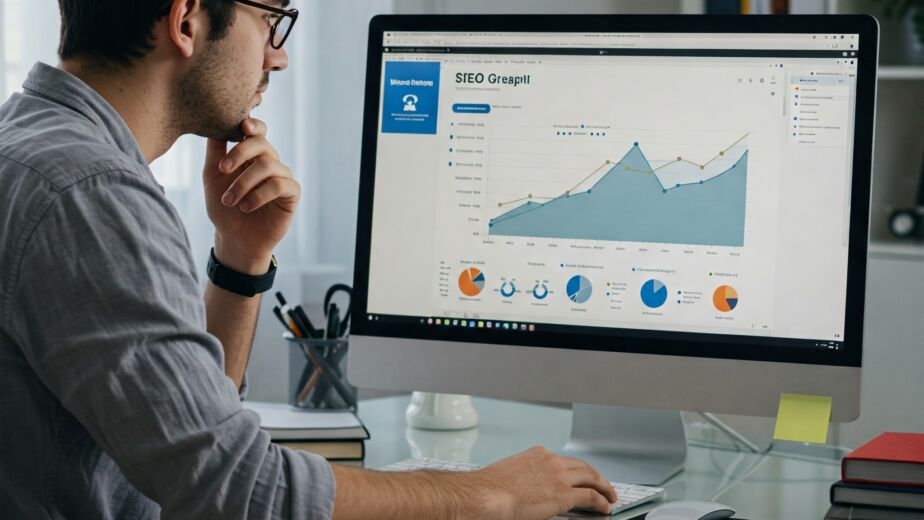How to Pair Google Trends Data with Google Search Console
Unlock deeper insights and smarter decisions by combining two free Google tools
When it comes to understanding how people search online, Google Trends and Google Search Console (GSC) are a powerful combo. Used together, they provide both market-level demand signals and site-level performance data, giving you a clearer picture of what’s happening—and what to do next.
Here’s a step-by-step guide on how to pair Google Trends with Google Search Console to make smarter SEO, content, and marketing decisions.
🔍 Step 1: Use Google Trends to Identify Demand Patterns
Start by heading to Google Trends and typing in a topic, keyword, or brand name.
Here’s what to look for:
Seasonality: Does this topic spike at certain times of year?
Rising or Falling Interest: Is demand increasing or declining?
Geographic interest: Where is the term being searched most?
Related queries: What else are people searching around this topic?
✅ Example: If you notice that “backyard landscaping ideas” spikes in spring every year, that’s a seasonal opportunity you can plan content and ad campaigns around.
📈 Step 2: Compare Trend Data to Your Own Site Data in Search Console
Now go to Google Search Console (GSC) and compare what’s happening on your site against what you saw in Trends.
In GSC:
Go to Performance > Search results
Filter by query, page, or country
Adjust the date range to match the timeline you used in Google Trends
Match up the data:
Is your clicks/impressions curve following the same pattern as the trend?
Are you missing out during high-demand periods?
Are you getting impressions but few clicks (indicating poor CTR or irrelevant content)?
🧠 Insight: If Trends shows growing interest in a keyword but you don’t see it in GSC, you might not be ranking yet—which is your cue to optimize content or create new pages.
📊 Step 3: Find Gaps & Opportunities
Use Google Trends to spot emerging search terms or rising queries, then check GSC to see if:
You’re showing up for them
You’re missing traffic you could be getting
Your existing content matches current user intent
🔎 Example: If “AI marketing tools” is trending, and your site ranks for “marketing automation,” you might want to update your content to mention or compare AI tools.
🛠 Step 4: Optimize Content Based on Combined Insights
Now that you’ve identified demand (Trends) and your current performance (GSC), it’s time to act.
Here’s what you can do:
Create new content around rising search trends
Update existing pages with fresh keywords and related queries
Improve metadata (titles, descriptions) to increase CTR
Target new locations based on geographic demand
Identify new long-tail keywords from the “Related Queries” section in Trends
🔁 Step 5: Make It a Monthly Practice
This isn’t a one-and-done strategy. Set up a monthly workflow where you:
Review Trends for your top topics
Compare it to your GSC performance
Document insights and changes made
Track impact on rankings, traffic, and clicks
📅 Pro Tip: Use tools like Looker Studio (formerly Data Studio) to create dashboards combining both datasets.
Final Thoughts
When used together, Google Trends and Search Console offer a blend of market intelligence and site analytics that’s tough to beat—especially for a free solution.
They help you: ✅ Track shifts in demand
✅ Identify SEO/content gaps
✅ Stay ahead of seasonal and trending topics
✅ Align your site strategy with real-time search behavior
Whether you’re building content, optimizing SEO, or forecasting demand, this dynamic duo should be part of your digital toolbox.
Need help turning insights into action?
I help brands analyze data and develop high-performing SEO and content strategies. Reach out and let’s level up your search game.



